Origin of the FILIPINOS
PHILIPPINE PREHISTORY is not really the favorite subject of many, because it seems boring to study about "fossils and bones," "flake tools," and such. For most Filipinos, especially the young, their distant past is a big blank in their interest, except when they have to dance tribal folk dances and see antique collections. Historians really cannot be blamed for making the study of Philippine prehistory boring or dubious because most of them just accept what others have said in past. Now, there is more excitement in Philippine studies about our ancient past, because research work by the new breed of archaeologists, ethnologists, and others who study about our ancestors has uncovered new findings that dramatically change our idea about our past. There is so much to be proud of about our ancestors, and we must know more about them, because they tell us something about ourselves.
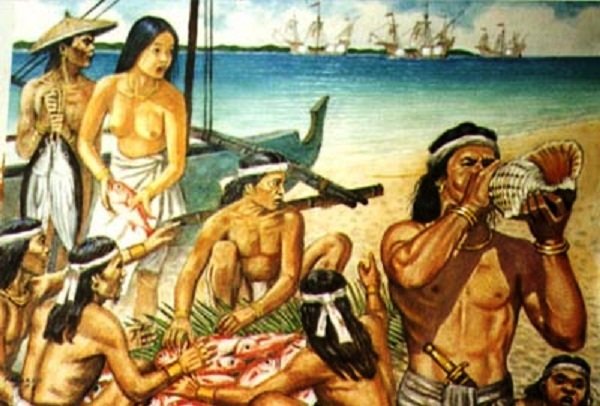
source
A Rich Storehouse of Antiquity.
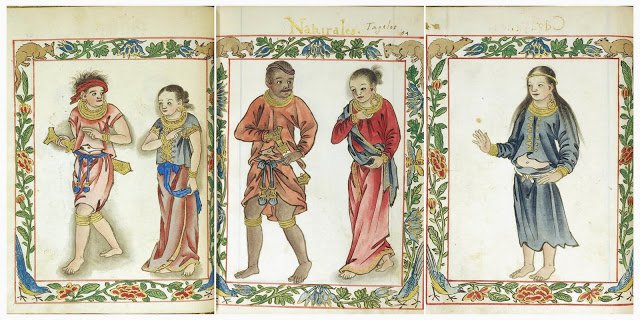
source
The Philippines is one of the world's richest storehouse of antiquity, with treasures from four cultural heritages: Asian, European, Latin, and American. Prehistoric and prehispanic material culture in this country shows a thriving number of ancient settlements and well-developed system of international trade, well before the contact with the West in the 16th century.
Varied precolonial ancient Philippine gold artifacts.
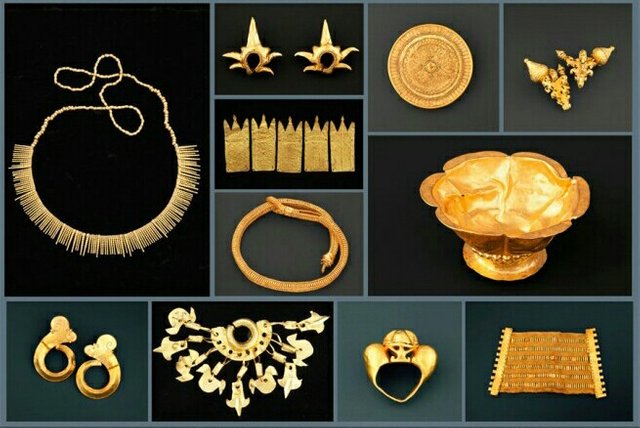
source
For example, few places in the Philippines, much less the world, can compare with the vast quantity of archaeological artifacts found in the city of Butuan, Agusan del Norte. The discovery of at least nine ancient balanghai (seagoing) boats in 1976 in that city has no parallel in world history, since they represent the oldest fleet of boats excavated in one place. Balanhai-I now on display at the local Butuan museum beside the excavation site near Masao, has been dated 320 AD by Tokyo Gakunshuin University, and thus predates the relics of the Viking ships in European museums.
Balanhai-I.

source
Here's a replica of the Balangay, a 15-meter-long "Diwata ng Lahi," is now on permanent display outside the National Museum in Manila.

source
This replica was built in 2010 by the Sama-Badjao craftsmen (an ethnic group from Southern Philippines)
and then together with Filipino adventurers, they tried to prove the seaworthiness of the balangay and the traditional woodcraft used to construct them by completing a 14,000km Southeast Asian journey.
Also, the beauty, numbers and age of ancient Chinese porcelain (chinaware) uncovered in the Philippines surpass any found elsewhere in the world, except of course in China. For example, over a thousand examples of Sung Dynasty (960-1278) porcelains in the Sta. Ana cemetery in the 1960's alone have astounded connoisseurs and collectors on the culture and wealth of our ancestors. The appearance of these porcelain wares in the Philippine sites demonstrates the many countries of contact with China and other Asian countries.
These are a few of the Song or Sung Dynasty sherds. From Lonquan celadons, to bluish Northern Song and to brownish Southern Song, these shards represent actually the variety of ceramics that's buried underneath the Philippine soil.
source
Tribal minorities yet preserve many of their ancestral customs and oral traditions, thus constituting living relics of past eras. Hundreds of these minority tribes who are also our Filipino brethren live in isolated mountain realms, and maintain their separate identity.
Here are some beautiful images of the Filipinos tribal costumes that still remain as part of their traditional culture up to this day.
B'LAAN (Soccsksargen, Davao, Southern Mindanao)
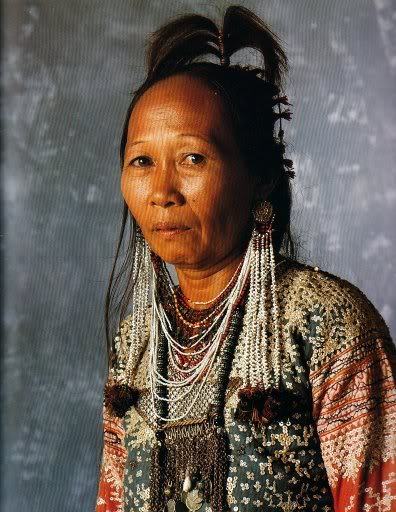
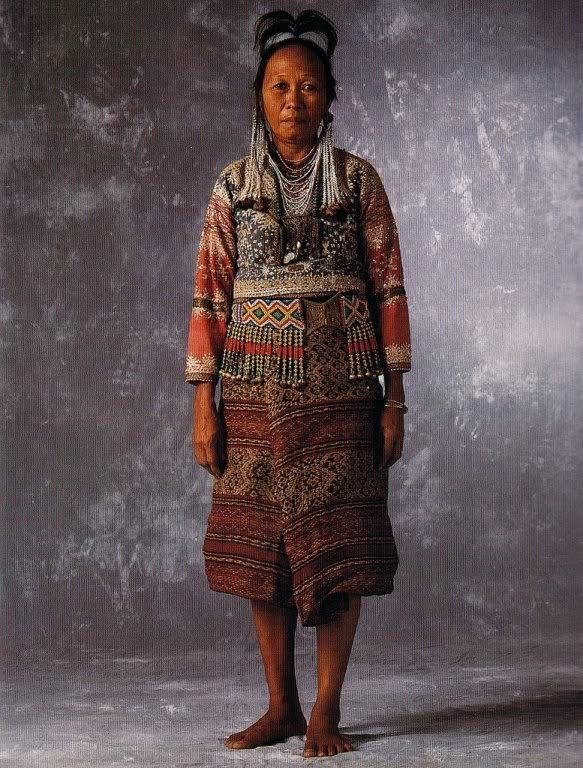
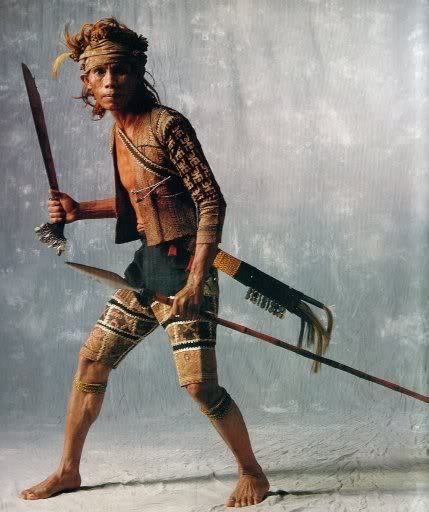
BAGOBO (Davao Del Sur, Southern Mindanao)
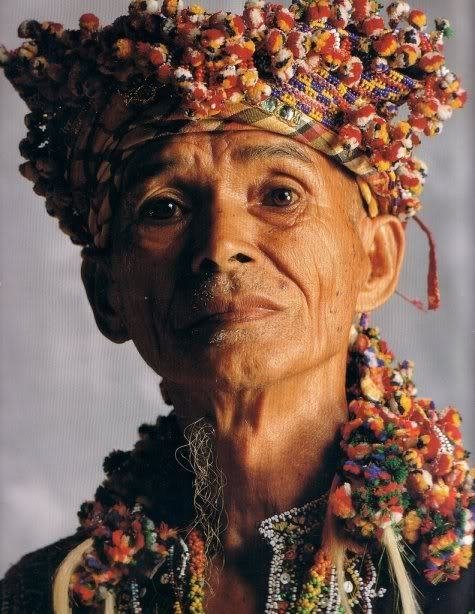
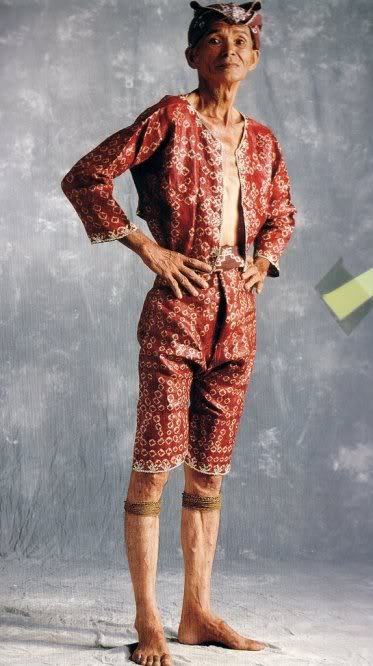
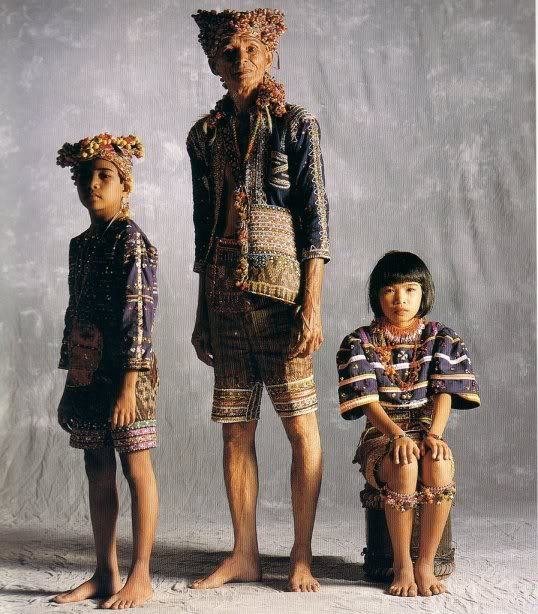
T'BOLI (Agusan Del Norte, South Cotabato, Southern Mindanao)
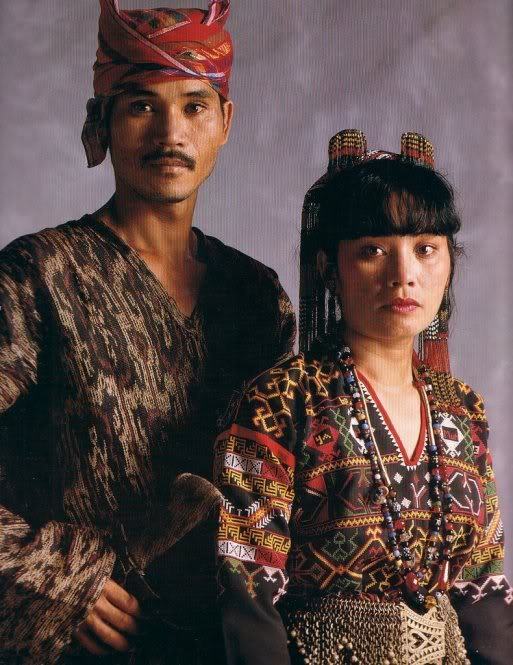
MANDAYA (Davao Oriental/Davao Del Norte)
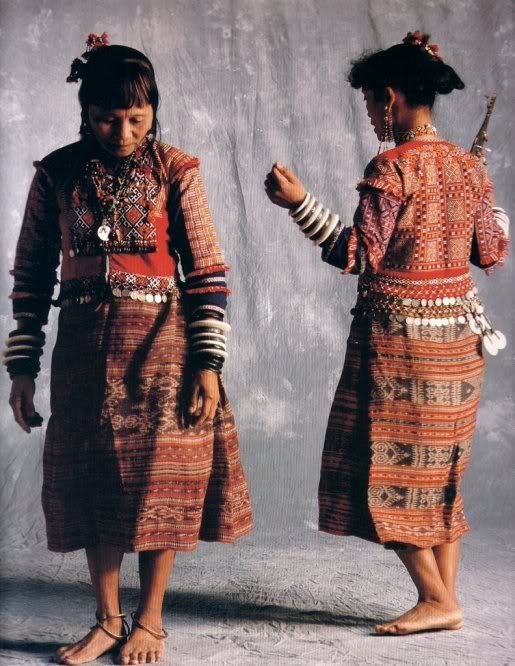
MARANAW (ARMM, Zamboanga Peninsula, Northern Mindanao, SOCCSKSARGEN, Manila, Cebu)

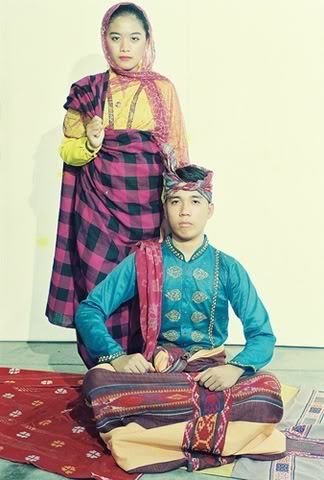
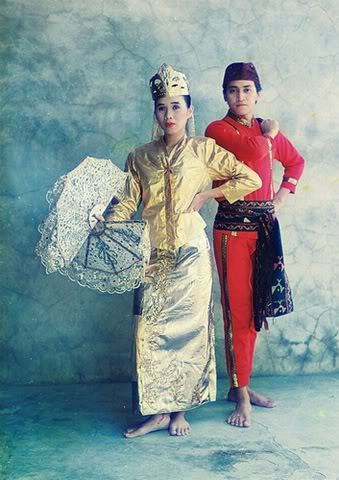
YAKAN (Basilan, Zamboanga Peninsula)
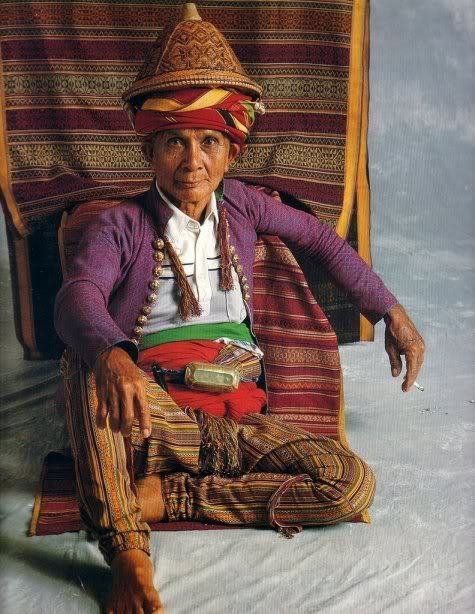
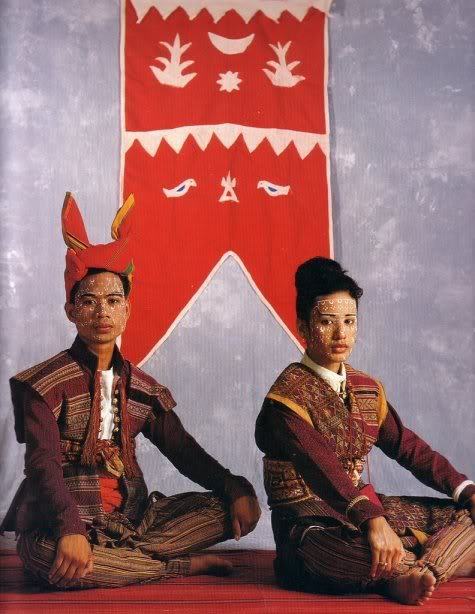
IFUGAO (Cordillera Administrative Region)
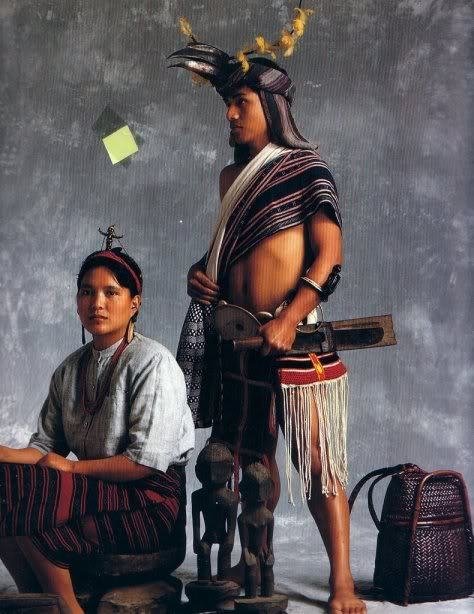
KALINGA (Cordillera Administrative Region)
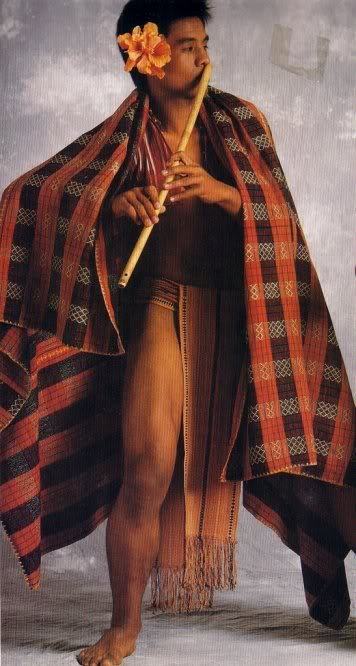
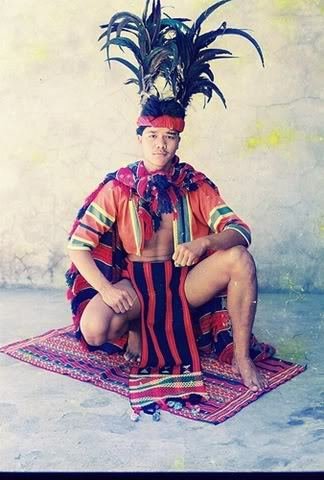
GA'DANG (Central Cagayan Valley, Isabela, Mountain Province, Ifugao Province, Kalinga Province)
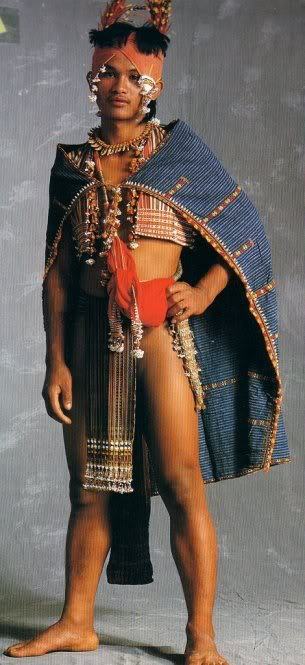
BONTOC (Mountain Province)
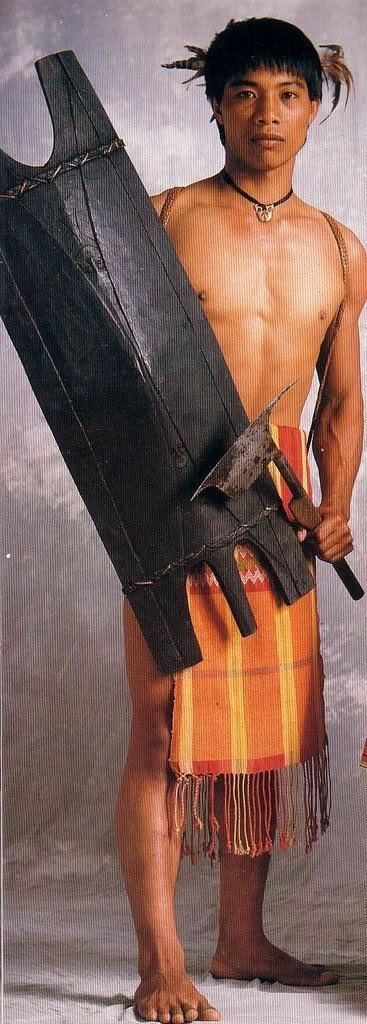
SAMAL (Davao Del Norte)
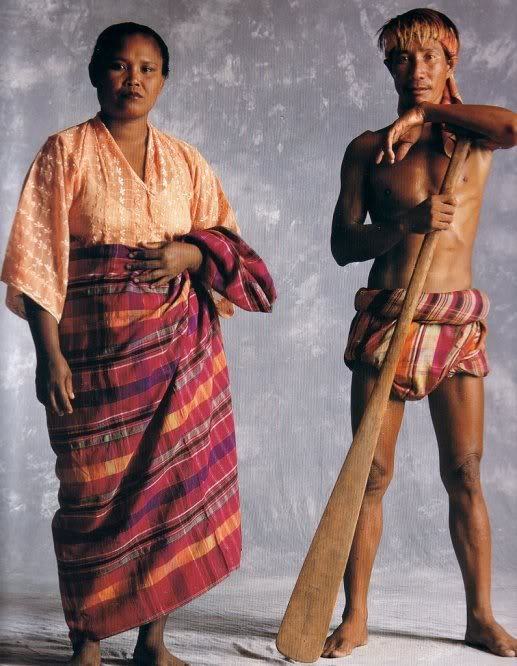
IBALOI (Cordillera)

AETA (Luzon)
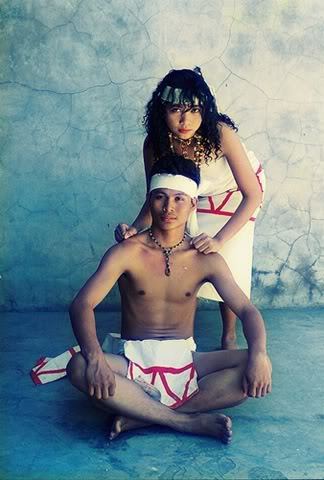
PULANGIYEN (Bukidnon)

MATIGSALUG (Bukidnon)
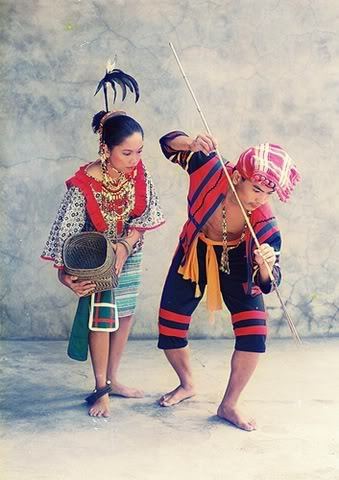
As late as the 1970's, prehistoric archaeological sites were found in the Cagayan Valley, thus increasing the many sources of relics about our past. These archaeological sites literally dot our archipelago.
The Callao cave in Cagayan Valley is one of the UNESCO's world heritage sites.
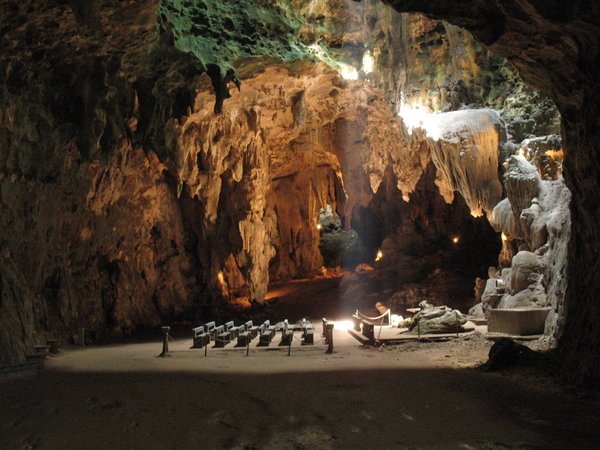
source
It's said to be the place of the "Callao man," located at Penablanca, Cagayan. There are more than 300 caves in the area, but only 75 are documented. Who knows what lies beneath those 225 unexplored caves.
A 67,000-year-old foot bone was found in this cave and the oldest human fossil found in the Asia-Pacific so far. This discovery proves the area was settled by man 20,000 years earlier than previously thought.
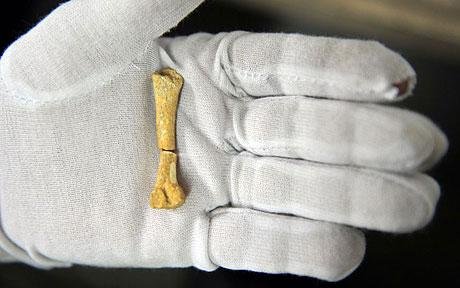
source
Other records of antiquity are sunken galleons off Philippine coasts, which await the enterprising diver or marine archaeologist who will brave the deep to retrieve the treasures of our past.
Why the Poor Knowledge of the Past.
With so much to learn about our country's past, why is there such poor knowledge about Philippine antiquity? The reasons for these are as follows:
1. The iconoclastic policy of the Spanish colonizers who destroyed many of the relics of ancient Philippine society. It is true that the Spanish friars were the first historians and students of ancient Philippine Society, but they also destroyed many artifacts belonging to our prehispanic culture. Other Southeast Asian countries had as colonizers the British, French, and Dutch who did not really impose their religion on the natives. But the Philippines, for better or for worse, had evangelical Christian priests (the Spanish friars of the 16th to 17th centuries) or pastors (the American missionaries) who had the spread of the Christian faith as one of their colonial aims. These missionaries destroyed the religious relics and customs of our ancestors. Since much of the ancient society revolved around religion, the loss of these relics and beliefs hamper the study of our past.
The Spanish began to colonize the Philippines through Christianity, which would last approximately 400 years.
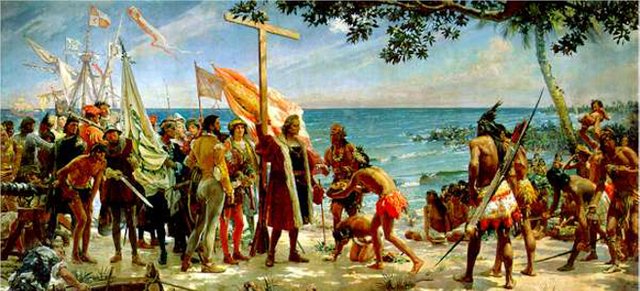
source
2. Ancient Filipinos preferred oral or verbal communication to written records in more permanent form. If our ancestors wrote at all, they used flimsy materials (bamboo, tree barks or leaves, etc.) which did not stand the test of time, unlike the stone or metal records of the Egyptians, Babylonians, or other ancient Asian societies. Some ancient inscriptions found in clay jars in Calatagan, Batangas or Butuan have not yet been deciphered, for example. They still await their Champollion, the expert who will crack the code about our written past. The only other written record of our ancestors containing the Code of Kalantiaw, turned out to be a forgery.
Inscription on pot found in the Philippines may have been deciphered as written in the old Visayan language.
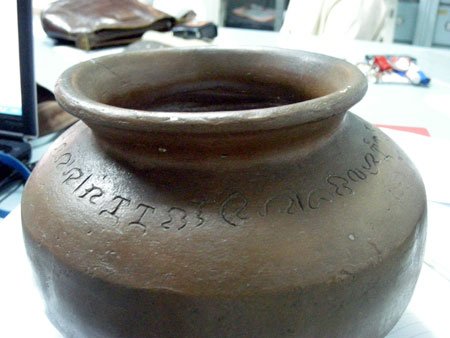
source
3. Poverty and lack of cultural enlightenment reduced to a sorry condition many of our social scientists, museums, libraries, and collections. The Philippines, which used to be a regional leader in history and antiquity, now sadly lags behind its Southeast Asian neighbors like Malaysia, Indonesia, and Thailand. Many of our ancient relics and Filipiniana have ended up in foreign collections or libraries because they were taken there during the colonial era or later sold by natives to the rich foreigners. An example of this is the ancient gold image of Agusan, dating to prehispanic times, which is now found in the Gem Room of the Chicago Museum of Natural History. Thus, in order to find out more about our past, our scholars have to go abroad to foreign libraries and museums, and study there. This would not be so bad, but many of the best and brightest minds from the Philippines have also chosen to stay in other countries, to teach and work there, in order to earn a good living, because the salaries of social scientists here cannot support them. The loss of their talent constitutes a serious "brain drain" for our country.
Former Philippines' first lady, Imelda Marcos wearing a Filipiniana dress.
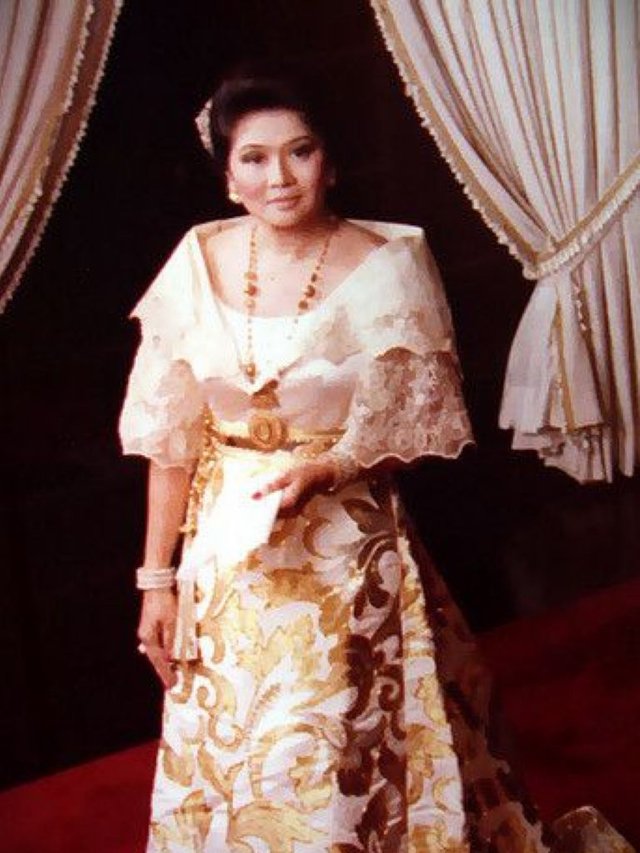
source
Golden Tara, Agusan Philippines.
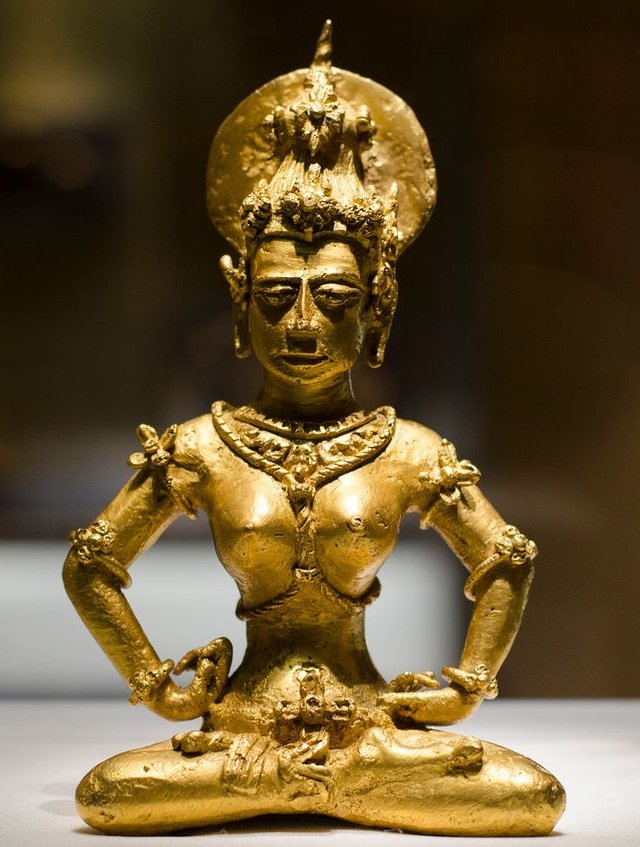
source
4. Finally, wars, fires, and other calamities have taken their toll of Filipiniana treasures in our local museums, libraries, and private collections. The outbreak of World War II in 1941 tolled the death-knell of almost all the rich depositories of ancient materials in the country. At war's end, the devastation of the country was equaled only by the extensively fire-bombed city of Warsaw in Poland and the Atomic-bombed cities of Hiroshima and Nagasaki in Japan. In Manila, for example, the National Library and Museum, the religious archives in Intramuros, and the University of the Philippines library, as well as the famous Tabacalera collection, were woefully destroyed.
WWII destruction to Manila, Philippines, Feb. 1945
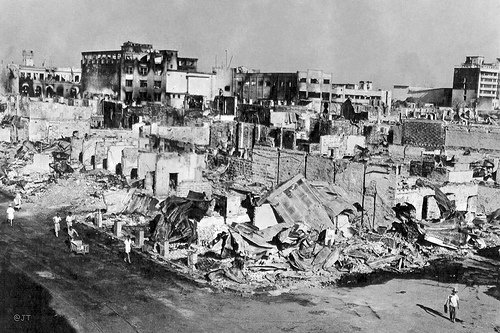
source
Battle of Manila (1945) Most of the destruction shown in this picture was caused by fires set by the Japanese.

source
Intramuros, WWII destruction
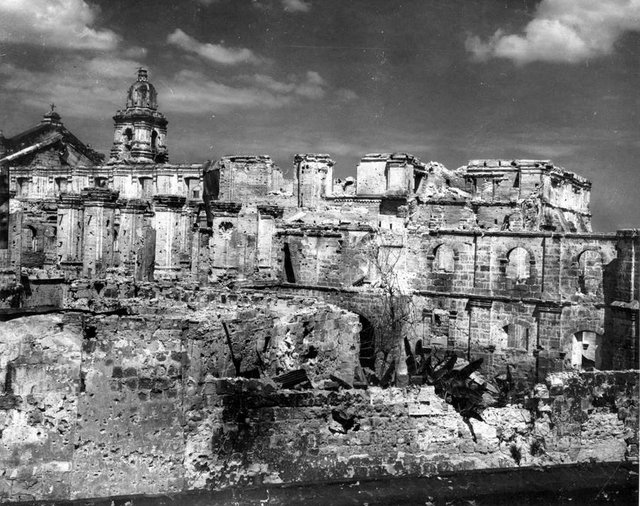
source
Tabacalera, Paco, Manila
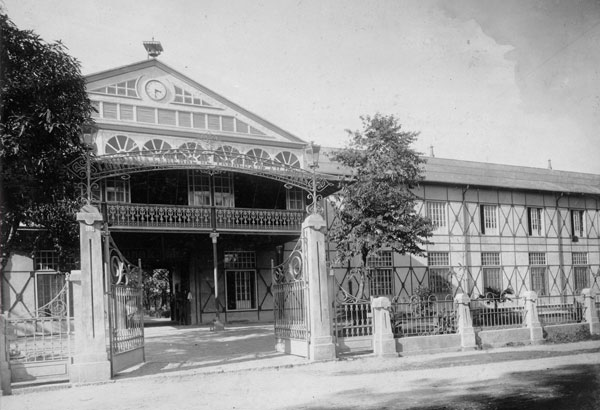
source
It is therefore time for our country to wake up to the sad condition of the study of Philippine antiquity, and revive efforts to restore and preserve, as well as study, our distant past. How well the saying goes: "Those who do not look where they have been, cannot go where they are going." -Jose P. Rizal.

References:
https://en.wikipedia.org/wiki/Filipinos
http://www.philippine-history.org/
http://www.gmanetwork.com/news/scitech/science/321334/massive-balangay-mother-boat-unearthed-in-butuan/story
(https://w0wphilippines.wordpress.com/2012/09/24/philiipine-traditional-costumes/
https://www.filipiknow.net/life-in-pre-colonial-philippines/
https://www.filipiknow.net/archaeological-discoveries-in-the-philippines/
http://malacanang.gov.ph/75083-briefer-massacres-in-the-battle-of-manila/
http://www.stats.govt.nz/Census/2013-census/profile-and-summary-reports/ethnic-profiles.aspx?request_value=24729&parent_id=24726&tabname=
http://www.asianinfo.org/asianinfo/philippines/pro-people.htm
This post has been featured on Daily Steemitfamilyph featured post #70
Congratulations!
Thank you very much @steemitfamilyph!
Congratulations! This post has been upvoted from the communal account, @minnowsupport, by steemitdigest from the Minnow Support Project. It's a witness project run by aggroed, ausbitbank, teamsteem, theprophet0, someguy123, neoxian, followbtcnews, and netuoso. The goal is to help Steemit grow by supporting Minnows. Please find us at the Peace, Abundance, and Liberty Network (PALnet) Discord Channel. It's a completely public and open space to all members of the Steemit community who voluntarily choose to be there.
If you would like to delegate to the Minnow Support Project you can do so by clicking on the following links: 50SP, 100SP, 250SP, 500SP, 1000SP, 5000SP.
Be sure to leave at least 50SP undelegated on your account.